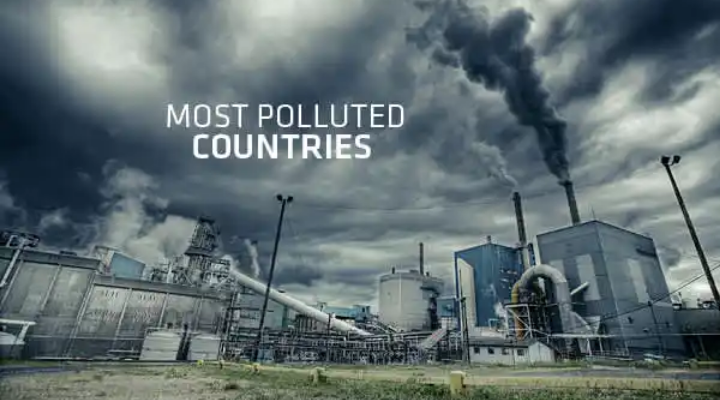World’s Most Polluted Countries

the results cover every country in the world as well as some island territories as well.
The results aren’t pleasing, which is to be expected when over 99% of people live in an area with unsafe air.
World’s Most Polluted Countries
It comes as no surprise to find Bangladesh is the world’s most polluted country with 76.9 µg/m³ (only slightly lower the 77.1 µg/m³ measurement of 2020 and 83.3 µg/m³ in 2019). It has led the table in both 2020 and 2019 and although their emissions have decreased, it's not a big enough drop to halt the climate crisis and ensure the health of its citizens. Rounding out the top five most polluted countries in the world are Chad, Pakistan, Tajikistan and India.
It is no surprise that poorer, larger countries are higher up the list than their richer counterparts. There simply isn’t the infrastructure to be quite so pioneering when it comes to air quality in these countries, while their large populations mean that there are more vehicles on the road (many of which are older models and emit more emissions than newer vehicles). Even so, if these countries can move to more eco-friendly energy sources and invest in public transport that emits fewer pollutants, the world’s pollution will quickly dissipate.
READ ALSO » Top 10 Most Polluted Cities In The World
The top ten list of the world's most polluted countries as of 2021 is:
Bangladesh – 76.9 µg/m³
Chad – 75.9 µg/m³
Pakistan – 66.8 µg/m³
Tajikistan – 59.4 µg/m³
India – 58.1 µg/m³
Oman – 53.9 µg/m³
READ ALSO » Top 10 Most Happiest Countries In The World
Kyrgyzstan – 50.8 µg/m³
Bahrain – 49.8 µg/m³
Iraq – 49.7 µg/m³
Nepal – 46 µg/m³
Many of the 2022 igures have increased compared to 2021 as a result of the travel and lockdown restrictions due to the pandemic. As these restrictions lifted, life returned to normal, which meant so did the pollution levels. Perhaps the most surprising entry from this latest data is that of Tajikistan, which measured 30.9µg/m³ in 2021 – a huge 28.5 µg/m³ increase compared to its 2022 level.
